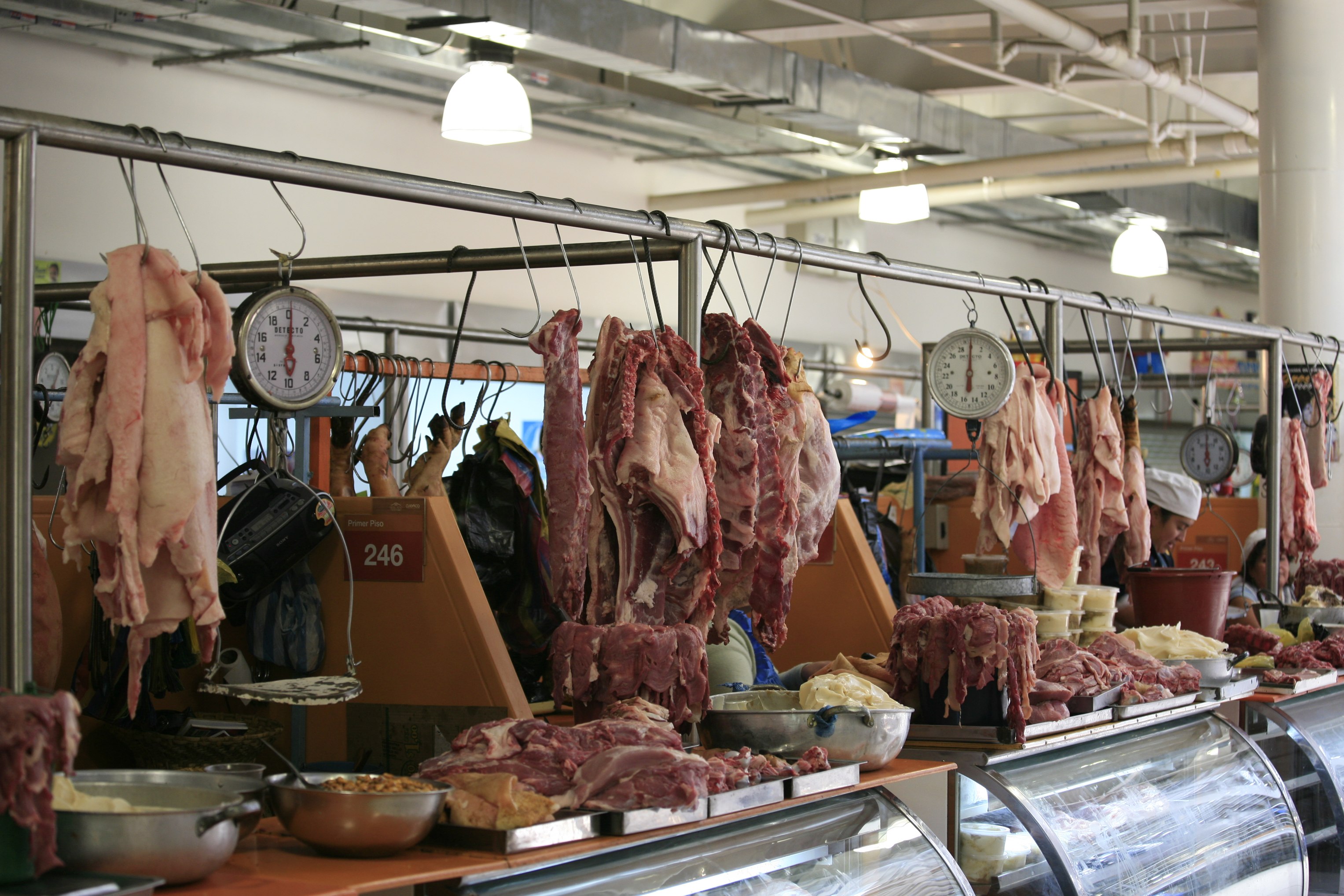Why Residents Love Bagley Farms Meat Market Edwardsville IL for Their Meat Buying
Why Residents Love Bagley Farms Meat Market Edwardsville IL for Their Meat Buying
Blog Article
Discover the Art of the Butcher's Cut in a Modern Meat Market
In the ever-evolving landscape of modern meat markets, the butcher's cut has actually transcended its traditional origins, combining olden craftsmanship with modern methods. What really sets the modern-day butcher apart is their capability to forge a much deeper connection in between customers and the origins of their meat.
Development of Butchery Methods
The development of butchery methods mirrors a rich tapestry of development and adaptation driven by advancements in innovation, changes in consumer demand, and a deeper understanding of meat science. Historically, butchery was a craft passed down via generations, with approaches developed over centuries to optimize yield and flavor. Nevertheless, the commercial revolution introduced mechanization, changing typical practices and allowing massive handling.
The mid-20th century saw butchery strategies further refined by clinical insights into muscular tissue biology and meat aging, enhancing both inflammation and taste. Developments like vacuum cleaner product packaging and refrigeration prolonged item shelf-life, permitting butchers to diversify offerings and improve quality assurance. This period likewise marked the increase of specific equipment, such as band saws and meat slicers, which enhanced precision and effectiveness in meat processing.

Computerized systems now aid in tracking animal provenance and optimizing cuts to fulfill specific client choices. Additionally, a renewal in artisanal butchery has actually emerged, blending traditional abilities with contemporary knowledge to provide to consumers seeking moral and lasting meat choices.
Comprehending Meat Cuts
Understanding the complexities of meat cuts is important for both butchers and customers looking for top quality and worth. For butchers, precise cuts mirror ability and regard for the craft, making sure very little waste and optimum yield.

Comprehending muscle mass composition is important; muscle mass used much more regularly by the pet have a tendency to be harder and are best matched for slow cooking approaches, while less-used muscles, like those located in the loin, are much more tender and perfect for grilling or roasting. Familiarity with these distinctions encourages customers to make informed options, boosting their cooking endeavors.
Selecting Quality Meat
Picking the right meat includes more than simply picking an aesthetically appealing piece from the display screen. The art of choosing top quality meat requires a critical eye and knowledge of certain attributes that symbolize freshness and excellence.
Second of all, take into consideration the marbling, which describes the white flecks of fat within the muscle. Proper marbling is a key indicator of tenderness and taste, as it thaws throughout food preparation, improving the meat's juiciness. Keep in mind, greater marbling usually correlates with exceptional high quality cuts, such as USDA Prime.
Texture is one more essential factor; meat needs to feel solid to the touch, not slimy or extremely soft. Additionally, bear in mind the scent. Fresh meat ought to have a tidy, neutral scent, without any type of sour or repulsive odors.
Coupling Cuts With Cooking Techniques

On the other hand, tougher cuts like brisket and chuck roast are abundant in collagen, which damages down into gelatin when prepared gradually. These cuts are suitable for braising or slow-moving roasting, permitting the meat to soften over time and create deep, complicated flavors. Likewise, cuts such as brief ribs and pork shoulder prosper with slow-cooking methods, where expanded cooking times change their robust appearances right into delicious meals.
Lamb shanks and oxtail, which need long term cooking to soften, are perfect prospects for stewing or sluggish simmering. These techniques coax out rich, hearty tastes while maintaining dampness. By recognizing the one-of-a-kind characteristics of each cut, cooks and home chefs alike can raise their culinary creations, guaranteeing each meal is both pleasing and memorable.
The Butcher's Function Today
Browsing the progressing landscape of the contemporary meat market, the butcher's role today extends beyond mere prep work of cuts. Contemporary butchers are cooking artisans, teachers, and advocates for sustainable methods. They bridge the void in between the farm and the fork by making certain ethical sourcing, comprehending pet husbandry, and focusing on transparency in the supply chain. This shift mirrors the growing customer need for top quality over quantity, where provenance and animal welfare are vital.
Along with crafting precise cuts, butchers now engage directly with consumers, using cooking recommendations and tailoring choices to suit individual needs and choices. Their proficiency in meat aging, marbling, and flavor accounts empowers consumers to make informed decisions, enhancing their cooking experiences. This customized solution exhibits the butcher's evolving role as a relied on advisor in the kitchen area.
Additionally, butchers are critical in decreasing waste, using whole pets useful site to develop diverse items such as sausages and supplies. This comprehensive technique not just values the animal however additionally aligns with contemporary sustainability objectives. By doing this, the modern-day butcher personifies both tradition and development, adapting to an ever-changing market while preserving the artistry and stability of their craft.
Verdict
Proficiency in comprehending diverse meat cuts and quality signs equips butchers to supply enlightened suggestions, straightening specific cuts with optimal cooking techniques. By recognizing historical methods while accepting contemporary demands, the butcher's function useful link stays important in today's innovative meat market.
Report this page